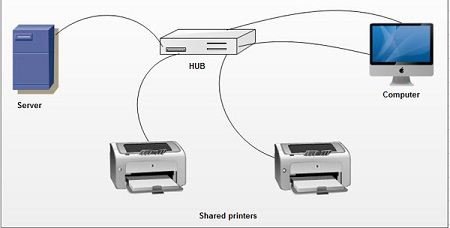The term network is defined as a set of computers of different types, terminals, telephones, and other communication equipments, connected by data communication links, which allow the network components to work together. The network components may be located within a small area or spread over many remote locations. In any case, data communications hold the network together.
Computers are connected by many different technologies. A network is a two or more computer that can interconnect in a peer-to-peer or client to server fashion most often over a shared and virtual connection.
In other words, networks provide the connection between computer resources in order to accommodate the flow of information.
The following are the potential needs for computer networks.
Information exchange To exchange data and information between different individual users, it is necessary to interconnect the individual users’ computers.
Resource sharing The cost of computer has corne down. However, the cost of a laser printer, bulk storage, and large enterprise software remains high. When computers are interconnected, there is a possibility that, users connected to the network may share the above mentioned resources.
 Dinesh Thakur holds an B.C.A, MCDBA, MCSD certifications. Dinesh authors the hugely popular
Dinesh Thakur holds an B.C.A, MCDBA, MCSD certifications. Dinesh authors the hugely popular